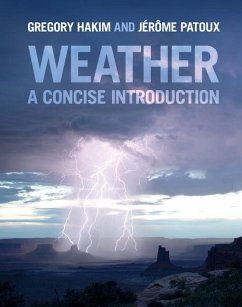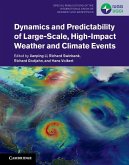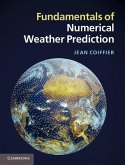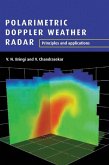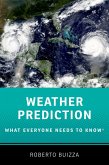From a world-renowned team at the Department of Atmospheric Sciences at the University of Washington, Seattle, Weather: A Concise Introduction is an accessible and beautifully illustrated text covering the foundations of meteorology in a concise, clear, and engaging manner. Designed to provide students with a strong foundation in the physical, dynamical, and chemical processes taking place in the atmosphere, this introductory textbook will appeal to students with a wide range of mathematical and scientific backgrounds. This textbook features: a single case study of a mid-latitude cyclone which is referred to throughout the whole book to illustrate the basic principles driving atmospheric dynamics and phenomena; boxes on more advanced topics; appendices for additional coverage; chapter summaries listing the 'take-home' points discussed; and colour figures and charts illustrating the fundamental concepts. Key terms are evident throughout, and a glossary explains the terms that students will need to understand and become familiar with.
Dieser Download kann aus rechtlichen Gründen nur mit Rechnungsadresse in A, B, BG, CY, CZ, D, DK, EW, E, FIN, F, GR, HR, H, IRL, I, LT, L, LR, M, NL, PL, P, R, S, SLO, SK ausgeliefert werden.

